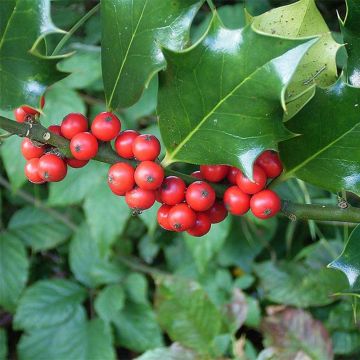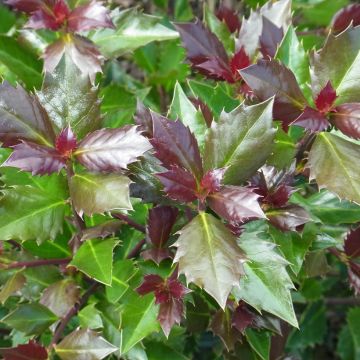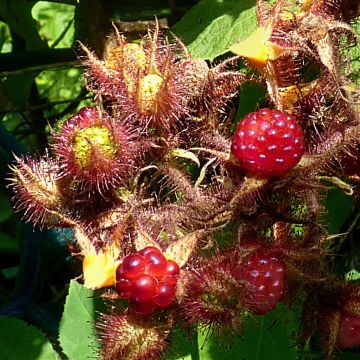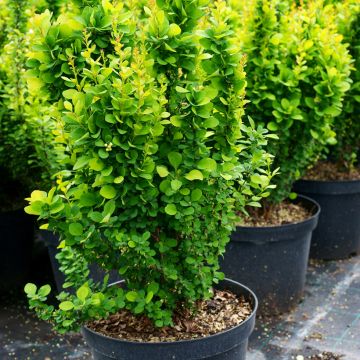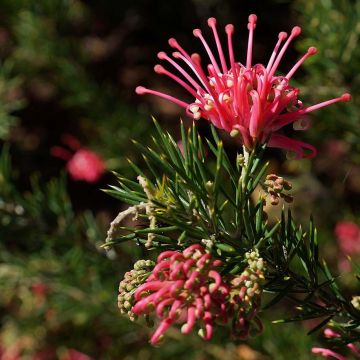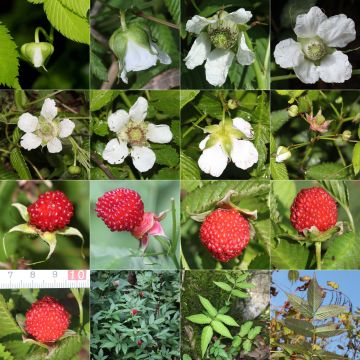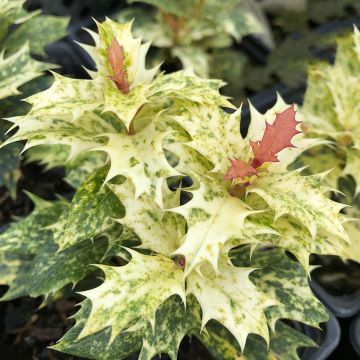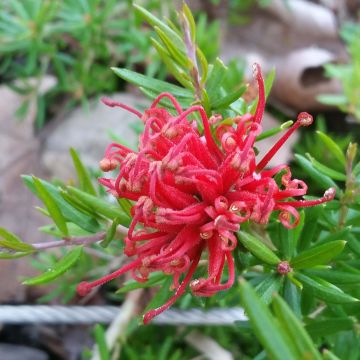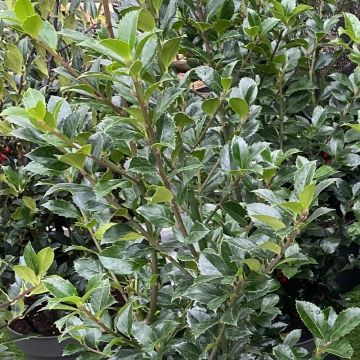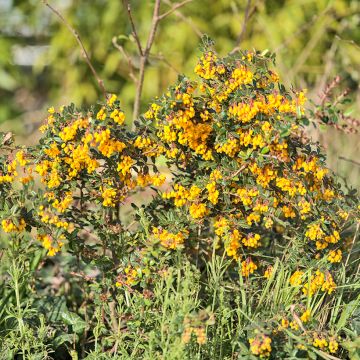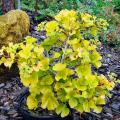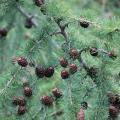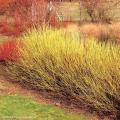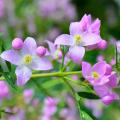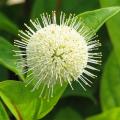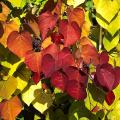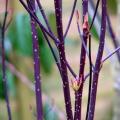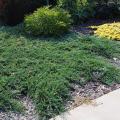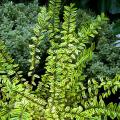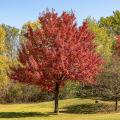Thorny shrubs
Does this plant fit my garden? Set up your Plantfit profile →
Available in 3 sizes
Available in 4 sizes
Available in 3 sizes
Available in 1 sizes
Available in 1 sizes
Available in 2 sizes
Available in 1 sizes
Available in 2 sizes
Available in 2 sizes
Available in 1 sizes
Available in 1 sizes
Available in 2 sizes
Available in 1 sizes
Available in 1 sizes
Available in 1 sizes
Available in 3 sizes
Available in 1 sizes
Available in 1 sizes
Available in 1 sizes
Available in 2 sizes
Available in 1 sizes
Available in 1 sizes
Available in 1 sizes
Available in 2 sizes
Available in 1 sizes
Available in 2 sizes
Available in 2 sizes
Available in 1 sizes
Available in 1 sizes
Available in 4 sizes
Available in 1 sizes
Available in 1 sizes
Available in 1 sizes
Available in 1 sizes
Available in 2 sizes
Available in 2 sizes
Available in 2 sizes

Available in 1 sizes
Available in 3 sizes
Available in 1 sizes
Available in 1 sizes
Available in 2 sizes
Available in 1 sizes
Available in 1 sizes
Available in 3 sizes
Available in 1 sizes
Available in 2 sizes
Available in 1 sizes
Available in 1 sizes
Intriguing and graphic, many plants have thorny leaves or branches. A daunting idea at first glance? Think again: they often have undeniable aesthetics, like Aralia elata, a fan of the undergrowth with tall, stiff stems bearing huge dissected leaves: enough to delight photographers! Moreover, you can create highly ornamental defensive hedges, trimmed or free-growing, with some like Berberis thunbergii, B. ottawensis 'Superba' or B. darwinii, or even our well-known native holly, Ilex aquifolium and its varieties. Of course, it will be necessary to place plants like Yucca aloifolia and its long, sharp leaves far from children and animals, to admire them safely.
Fall for these plants whose atypical charm will quickly fill you with joy!
Haven't found what you were looking for?








































